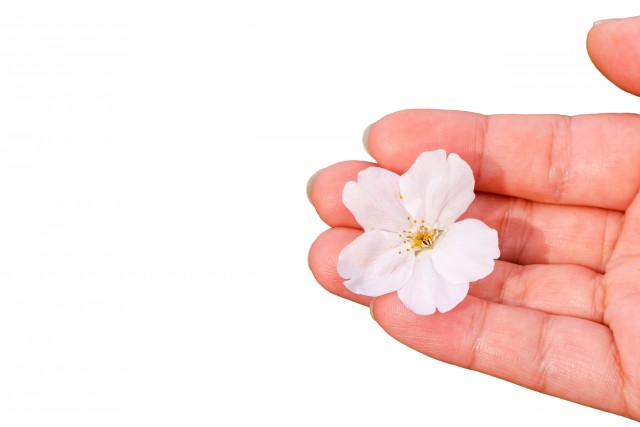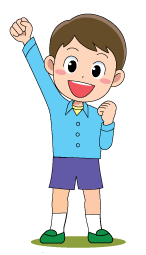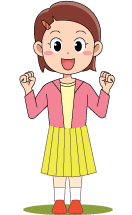Sept , 2020. Educational Abacus for Kindergarten & Learning Centre
.jpg)
This article tells you everything about abacus kindergarten & learning centre and how parents, educators, and even students can gain many perks just by learning a simple tool like the soroban online.
I'm the author of this article and I'm a qualified abacus teacher, answering questions from around the world online abacus and various questions from online-soroban.com students.
Table of contents

In the past, education used to be focused only on teaching the subject and expecting the kid to get a good grade, ignoring the necessities and interests of the children, providing methods that lacked interest for the students.
Fortunately, in the last years, there have been proposed new different methodologies for education, ones that make clear emphasis on the importance of child development and on how children should learn using what they know most and feel comfortable doing: playing.
But it is really important for a child to have fun in school?
And why is education the most important thing in the life of a young kid?
In this article, we will learn more about learning with enjoyment.
1-1.The Importance of Abacus for Kindergarten & Learning Centres

First of all, education has a vital role in the first years of childhood because it shapes the way the kid sees the world and how they will interact with it; it provides not only basic life skills but a chance to develop both mentally and socially, forming a partnership between the child, their parents, educators to make it work.
When done successfully, it lays a solid base for continuing to shape the child’s future.
The importance relies on the fact that education is the main source of knowledge children are exposed to.
It gives them the opportunity to acquire knowledge about various fields of education, such as literature, history, and math; contributing to help and mature their thought process.
The key to meaningful education is to help the kids to connect and relate fun with school, making the school a pleasant environment to encourage them to learn. Educator's creativity is vital to make the experience of learning fun, using a variety of colorful resources that manage to capture the children's interest.
By doing this, the student will retain the information about math as it will be associated with a memorable experience.
For kids, fun relates to playing since it is an essential part of their lives.
Children don’t play to learn but can learn how to master topics like soroban by playing, and it is important for educators to turn play into a learning methodology for little kids.
In schools, playing and having fun can allow children to manage themselves to accept and learn from their mistakes – something constant in education – in a positive and healthy way.
It can also help them to internalize concepts and visualize them easier, understanding that kids are more visual and kinesthetic than adults.
This can be done with every subject kids need to learn, but it is more effective when we use fun strategies to teach difficult and boring subjects like mathematics training.
Teaching math can be a challenge not only for the kids but for the educators as well, who have to provide themselves with strategies that help them master the brain training without losing the attention of the student.
It is important to start with small things and gradually increase the difficulty of the subject, no without first paying attention to if the kid’s learning properly or not, and adjust the pace in case someone is having trouble.
1-2.Ways of Abacus Learning for Kindergartens & Learning Centres

Understanding basic math like addition, subtraction, multiplication, and division start with knowing the numbers, and the mentors should first teach the kids how to count them.
It can be either by pronouncing a sequence of numbers loud for the children to repeat it,
or by counting from one to then the objects in the classroom.
The core concepts of math must be understood before the kid is able to move into a more advanced study, as repetition is a simple and effective tool that makes right brain training easier for students to master the information.
The use of blocks, toys, fruits, or other tangible objects can also help the child to learn the basics of addition, subtraction, place value, and other maths areas while adding fun and interest to the learning process.
Cards and visual elements tend to work effectively with young kids as well.
Another great strategy to teach young children math is through the use of a soroban in their lessons.
A soroban is a manual aid to calculating that consists of colorful beads that can be moved up and down on a series of strings within a wooden frame. In fact, the tool itself does not calculate but is a simple device for helping someone to calculate by remembering what has been counted.
1-3. Can Abacus Be Made Fun With Kindergarten Teachers & Learning Centres?

It is a great investment that will help the kid to learn simple math – like counting, addition, and subtraction –, and more complex operations like multiplication and divisions.
Along with that, it helps the child to improve their fine motor skills, learn the colors, and memorize patterns.
For young children, in a range from three to six years old, it can be used by simply playing with it or to make simple additions; the beads will help as well to develop hand-eye-coordination and motor skills.
Kids can also learn how to be able to recognize patterns by matching the colors, a skill that will help them with multiplication tables in the future.
For kids in a rage of seven or above, it is a good way to start counting backward, learn subtraction and multiplication patterns.
The educator can also assign each row of the soroban a place value – of ones, tens, and hundreds – to introduce large numbers to the child.
Overall
The soroban benefits education because it helps children to develop a strong memory.
By retaining the information in their brains they can use abacus to visualise calculation rather than seeing them in the abstract, all made possible with fun mental calculation training programs with Online Soroban.
| Tweet |
.jpg)
.jpg)
.jpg)
.jpg)
.jpg)
.jpg)




